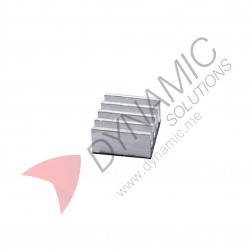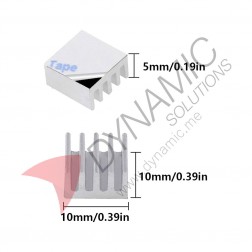Raspberry Pi 4 Model B Original
Raspberry Pi 4 Model B Original
- Brand: Raspberry Pi
- Product Code: Raspberry Pi 4 Model B Original
- SKU:
- Origin: United Kingdom
- Availability: In Stock
$100.00
Available Options
Raspberry Pi 4 Model B
Here are the highlights:
A 1.5GHz quad-core 64-bit ARM Cortex-A72 CPU (~3× performance)
2GB, 4GB, or 8GB of LPDDR4 SDRAM
Full-throughput Gigabit Ethernet
Dual-band 802.11ac wireless networking
Bluetooth 5.0
Two USB 3.0 and two USB 2.0 ports
Dual monitor support, at resolutions up to 4K
VideoCore VI graphics, supporting OpenGL ES 3.x
4Kp60 hardware decode of HEVC video
Complete compatibility with earlier Raspberry Pi products
And here it is in the flesh:
Still a handsome devil
Raspberry Pi 4 memory options
This is the first time we’re offering a choice of memory RAM: 2GB, 4GB and 8GB.
New Raspberry Pi 4, new features
At first glance, the Raspberry Pi 4 board looks very similar to our previous products, all the way back to 2014’s Raspberry Pi 1B+. James worked hard to keep it this way, but for the first time he has made a small number of essential tweaks to the form factor to accommodate new features.
Power
We’ve moved from USB micro-B to USB-C for our power connector. This supports an extra 500mA of current, ensuring we have a full 1.2A for downstream USB devices, even under heavy CPU load.
An extra half amp, and USB OTG to boot
Video
To accommodate dual display output within the existing board footprint, we’ve replaced the type-A (full-size) HDMI connector with a pair of type-D (micro) HDMI connectors.
Seeing double
Ethernet and USB
Our Gigabit Ethernet magjack has moved to the top right of the board, from the bottom right, greatly simplifying PCB routing. The 4-pin Power-over-Ethernet (PoE) connector remains in the same location, so Raspberry Pi 4 remains compatible with the PoE HAT.
Through the looking glass
The Ethernet controller on the main SoC is connected to an external Broadcom PHY over a dedicated RGMII link, providing full throughput. USB is provided via an external VLI controller, connected over a single PCI Express Gen 2 lane, and providing a total of 4Gbps of bandwidth, shared between the four ports.
All three connectors on the right-hand side of the board overhang the edge by an additional millimetre, with the aim of simplifying case design. In all other respects, the connector and mounting hole layout remains the same, ensuring compatibility with existing HATs and other accessories.
New Raspbian software
To support Raspberry Pi 4, we are shipping a radically overhauled operating system, based on the forthcoming Debian 10 Buster release. This brings numerous behind-the-scenes technical improvements, along with an extensively modernised user interface, and updated applications including the Chromium 74 web browser. Simon will take an in-depth look at the changes in tomorrow’s blog post, but for now, here’s a screenshot of it in action.
Raspbian Buster desktop
Some advice for those who are keen to get going with Raspbian Buster right away: we strongly recommend you download a new image, rather than upgrading an existing card. This ensures that you’re starting with a clean, working Buster system. If you really, really want to try upgrading, make a backup first.
One notable step forward is that for Raspberry Pi 4, we are retiring the legacy graphics driver stack used on previous models. Instead, we’re using the Mesa “V3D” driver developed by Eric Anholt at Broadcom over the last five years. This offers many benefits, including OpenGL-accelerated web browsing and desktop composition, and the ability to run 3D applications in a window under X. It also eliminates roughly half of the lines of closed-source code in the platform.

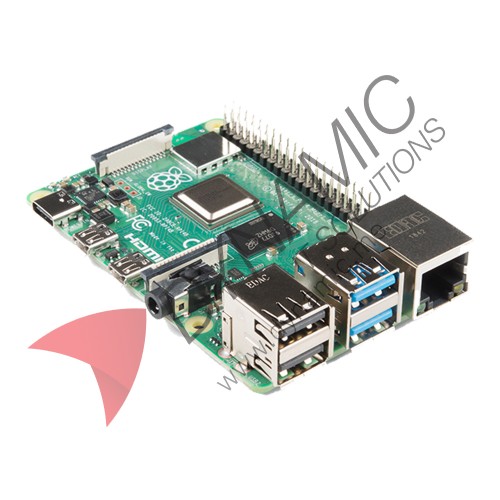
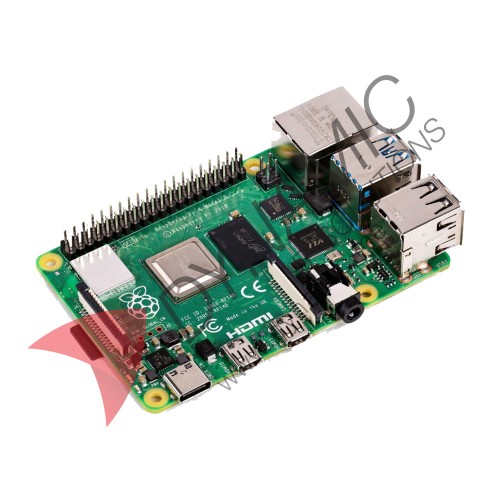
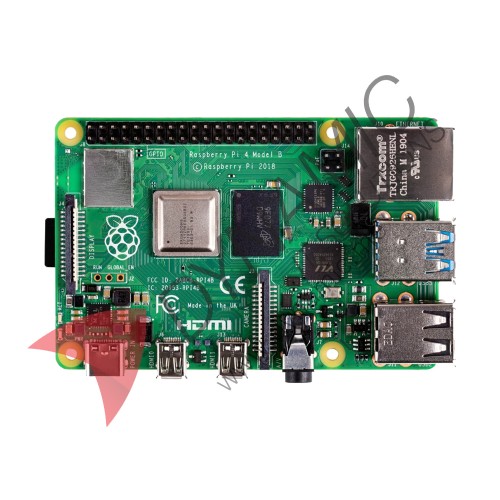
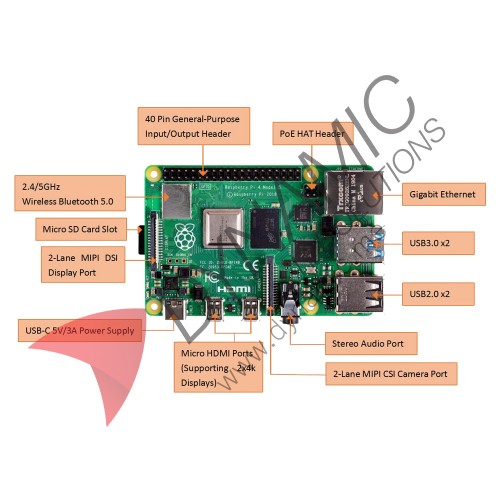
%201-252x252.jpg)
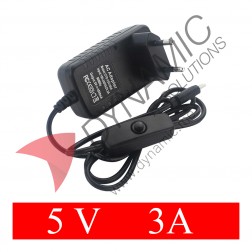
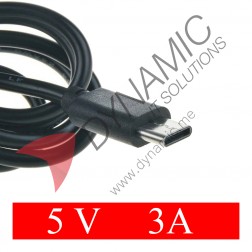
%201-252x252.jpg)
%202-252x252.jpg)
